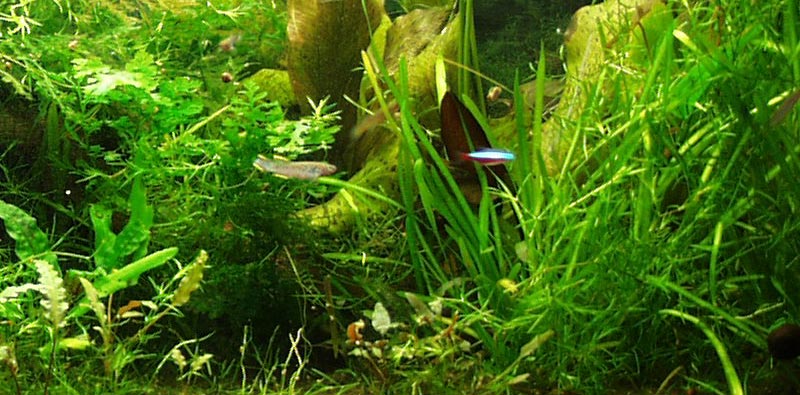


The community aquarium (in contrast to a species aquarium) is most peoples first experience with tropical fish. As a general rule, community fish, are those that are hardy, have no special feeding requirements, and live peacefully together (i.e. easy to keep!). The fish are not necessarily found in the same bodies of water in the wild (indeed they may be from completely different continents) but will get along together as long as they have space and food. Likewise, community aquarium plants will have no special requirements, and may indeed be absent entirely. Perhaps you prefer sunken ships and treasure chests?
The majority of low-priced fish in an aquarium store will be good candidates for a community aquarium, however it is worth looking up each species requirements before making a purchase - will they get on with existing species in your tank? Will they be ok in your local tapwater?
Aggressive, or predatory fish, or fish with difficult or unusual requirements with regard food, water conditions or tankmates should all be avoided. Ideal community fish are hardy, peaceful, and certainly not-fussy eaters.
A typical community tank will most likely contain a mix of the following fish
livebearerscyprinids - barbs, danios etc
tetras
catfish - some catfish can grow huge - stick to smaller species, such as Corydoras
cichlids generally should be avoided in anything but a cichlid only community tank, as they get quite aggressive. In a large, well-planted aquarium, the following dwarf ciclids are appropriate
Some fish are often sold as community fish, and on occasions may do well, but the vast majority of the time do not. However cool or cute you think these species are DO NOT buy them for your community tank